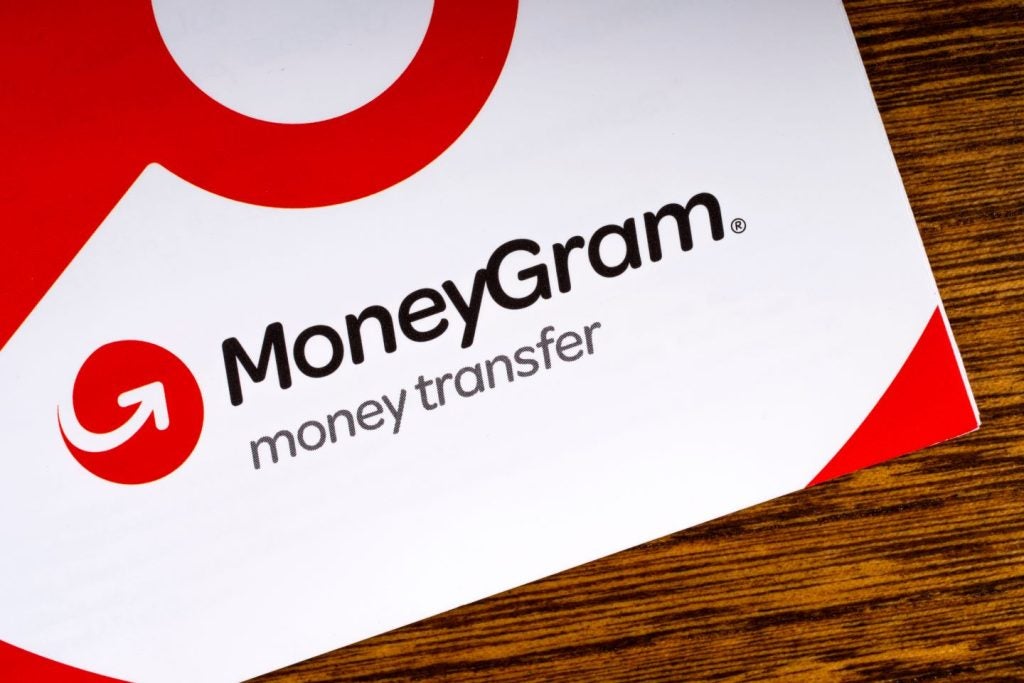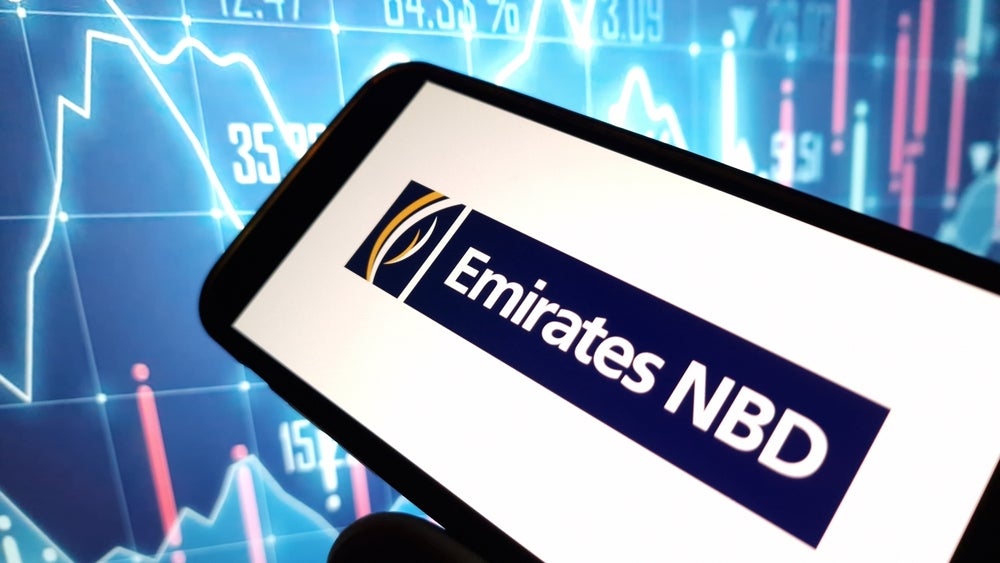Customers are more credit savvy than ever, says James Jones, head of consumer affairs at Experian. Credit awareness and a change in pass marks suggest more applications may be successful so why such a marked divide between banks that do and banks that don’t cash in on the ever-longer 0% balance transfer trend? Anna Milne writes
So much for the balance transfer trend subsiding in the UK’s retail banks. After RBS and NatWest decided to remove 0% balance transfer rates in March 2014, citing that customers ultimately lose out, supermarkets Tesco and Sainsbury’s forged ahead, battling it out for the longest interest-free period, with Barclaycard jumping on the bandwagon to outdo their offering by a month.
And now, as we bring in a new year, a swell of new offerings emerges- most notably from big banks Halifax and Lloyds (both offering 34 month interest-free periods on balance transfers), putting the trend at its most competitive yet. So much so it has prompted Barclaycard to up its limit to 35 months, to stay at the top of the list for the longest offer. This time last year 30 months was just about the longest interest free period going.
Barclaycard’s top offering is 0% interest on balance transfers for 35 months from account opening (2.49% fee applies); a fee of 3.5% will be applied then reduced to 2.49% by refund and 0% interest on purchases for 6 months from account opening. The refund offer is only valid for new customers applying online and is credited within two working days of the transfer being processed.
Halifax is touting a 34 month interest free period on balance transfers, with a 3% initial fee, 2% of which is refunded on any transfers completed in the first 90 day period.
From supermarkets to online e-vouchers, there is a trend to slash prices in the hope of drawing in hoards of new customers. Of course, with balance transfers, customers need to be on their guard when the period draws to a close- any remaining balance will be charged at a suddenly sky-rocketed interest rate. But for the sake of securing what effectively can be treated as a very cheap loan (credit-rating dependent, naturally), it is well worth setting a diary reminder for two and a half years down the line to sound a month or two before the period ends so as to shop around for another balance transfer rate onto which to load any remaining balance. The banks bank on the fact that not many customers are this fastidious.
In a Uswitch survey in May 2014, neither Lloyds nor Halifax were credited for their card offerings and services in any of the categories; instead, retailers such as Tesco and M&S came up trumps, as well as American Express and Nationwide. And Halifax actually ended up in the bottom five for most categories. Granted, none of these categories included a balance transfer but depending how many people apply and qualify for Lloyds’ and Halifax’ new rates, they might well both move up the list next time. After all, a balance transfer credit card account does not require much in the way of customer service as it should be left well alone once the transfer is completed and the monthly direct debit is set up. So they can’t exactly fall down in the customer service stakes.
However, it’s unlikely either have introduced these offers in order to do better in credit card customer service polls. More likely they just want new customers. Lloyds has said that at least 51% of customers will be offered the 0% rate for the first 32 months. However, under current EU rules, this is the minimum requirement for acceptance rate of the advertised APR anyway.
So what of credit scoring, has it changed much in the last few years or indeed, post-crisis? Not really, according to James Jones, head of consumer affairs at Experian.
"Credit scores are frequently updated in terms of interpretation of data because consumer behaviour changes and people generally use more credit than they did ten or fifteen years ago. Tolerances change and individual lenders might change their pass marks if they are not recruiting enough customers.
"A recent Bank of England barometer update pointed towards an increase in credit card spending and approvals but a decrease in the quality of new customers. This suggests lenders have recently lowered their pass marks."
There are fewer patterns in applications for credit throughout the year since the advent of online applications. There is the usual pre-Christmas credit application peak but "campaigns used to be delivered via mailshots whereas now much of it is online which keeps it going throughout the year".
"There is a growth in people coming to us to check reports year on year. Back in the 90s, people only checked their reports if they were refused credit- these days we provide credit reports to several million people every year and one in ten that requests a basic one-off report does this before applying for credit. So awareness is definitely growing."
This also puts into context any evidence of increased approval rates. If people are more informed before applying then they are likely to go for the products they have found out they have a likelihood of being approved for. So if acceptance rates have not changed too much in the last few years, in light of more people having pre-checked their eligibility, it actually suggests narrower acceptance levels. However this is beginning to change, as Jones explains.
These days more credit information is shared, for example mobile contracts; Experian is pushing the industry to start collecting information from other sectors as well such as utility companies, TV/broadband providers, rent payments- social tenants in the near term and private tenants in the longer term. So there is a constant play-off between negative and positive scoring systems.
"Many lenders now offer risk based pricing- it is no longer a case of offering a set in stone product and either you get it or you don’t- they can vary the interest rate and lower limits if you are deemed higher risk, to mitigate that risk."
Most issuers advertise two or three different cards with varying rates and interest free periods, and customers may do an eligibility check to find out which one they are likely to be approved for. Halifax advertises five different credit cards for balance transfers- two of which offer competitive rates but are multi-purpose and offer combinatory deals on purchases as well.
Barclaycard offers four different balance transfer cards plus an extra combination balance transfer and purchase card. Santander’s offering stands out from the crowd in that they have passed up on a balance transfer percentage fee, instead opting for a flat annual fee of £24 for the 123 card with a balance transfer offer of 23 months at 0% interest. And its other balance transfer offering is a zero-fee, zero-interest balance transfer of 15 months. There are a few other issuers getting in on this free lending service, most notably Halifax and Tesco but Santander’s beats both at 15 months (compared to 13 and 12).
It also depends of course on other customer history- it’s all relative and customers are woven into a credit fabric of sorts. If an applicant’s data resembles that of a customer who went on to become a great customer then this will result in a higher score for the applicant, regardless of meeting the various ‘perfect score’ requirements (which differ from lender to lender), Jones says.
"Differences in which agencies are used for what kind of credit largely reflects history- where agencies have come from and what they’ve invested in- new data sharing initiatives do take quite a bit of investment and time. But most major lenders do share data with all three.
"I got my report from all three agencies just before Christmas- which is something I do every year- and compared them. They were quite similar and the score variance was plus or minus two or three." Jones advocates this practice.
Amex and Co-op do not offer 0% interest periods on balance transfers. Amex abandoned balance transfers for new customers back in 2006, focusing on loyalty programmes and, more recently, the cashback scheme. Co-op has a three year fixed rate combination balance transfer and purchases card offering 6.9% per annum and reverting to 15.9% per annum once the period has lapsed.
As to why Lloyds and Halifax are taking the lead in the 0% balance transfer credit card stakes when the likes of RBS and NatWest have closed down this market is open to suggestion. It may have something to do with them promising to treat existing customers with the same exciting offers as new ones.








